This blog challenge is to stimulate my own genealogy blogging efforts in 2014 by focusing on a different kind of genealogical record each week. I wanted a challenge that reflected my own archival background as well as my own genealogy interests and there are probably lots of other records that I could have included. The challenge has an Australian focus but most of these records will be found just about anywhere in the genealogy world.
The 52 different types of genealogical records I finally decided on are listed in no particular order (each week will be a random surprise). Originally I planned to do this over 52 weeks but I now realise that I have to factor in travel and illness so it will continue a little bit over a year. Anyone is welcome to do all or part of this blogging challenge. Let me know if you are participating and I will put a link to your post under each week’s challenge.
So far I know of six bloggers who are taking up the challenge from time to time and I have put links to their individual entries at the end of each week’s blog if they have submitted something for that week. Thanks Judy Webster, Sharn White, Cassmob, Anne, Campaspe Library and Sharon for participating and encouraging me to keep up the blog challenge myself!
Also participating in this blog challenge:
Sharon Week 17
Links to Week 1 Military Medals Week 2 Internal Migration Week 3 Probates (wills and administrations) Week 4 Memorial Cards Week 5 Family Stories Week 6 Land Records Week 7 Local Histories Week 8 Diaries Week 9 Inquest Records Week 10 Occupation Records Week 11 Newspapers Week 12 Gazetteers Week 13 Personal Names and Surnames Week 14 Cemetery Records Week 15 Civil Registration and Certificates Week 16 Naturalization and Citizenship Records
Week 17 Court Records
Court records are one of my favourite types of records probably because I have found so much of my family history in them. There are all kinds of courts from higher courts such as the Supreme and District Courts to the local courts of petty sessions plus there are licensing courts, mining warden’s courts, traffic courts, police courts. Terminology and court names vary over time and within the various Australian colonies/states and territories which is why I tend to simply use the generic term court records.
It is timely that this topic came up this week as last month I gave a talk at the Genealogical Society of Queensland annual seminar on court records using some of my own family examples. You can read about the seminar here and the presentation is on the Resources page of my website, scroll down to Presentations.
Court records in general are not indexed although there may be individual indexes within each register. The easiest way to find out if an ancestor did make a court appearance is finding a reference in newspapers via Trove. This will give a date and place which can then be followed up at the State Archives which is where court records end up for research purposes. Another place for a serendipity find are police gazettes which are available for searching in findmypast.com.au and Ancestry.com.au have NSW police gazettes.
In the talk mentioned above, I used examples from newspapers from Trove and Papers Past (New Zealand), police gazettes and court of petty session records to show examples from my Finn, Johnston and Trevaskis families. I will not repeat those examples here but will instead highlight my great great grandmother’s story.
Aase Gunderson was Norwegian and came out to Queensland with her husband Anders and two young sons, both of whom died on the voyage out in 1873. Aose gave birth to four more children here,twin boys, another son and a daughter. One of the twin boys died aged five weeks but the surviving twin and the other son married and had children. I have never been able to learn what happened to the daughter but I suspect she died young too. If so, within the space of a few years Aase had lost four children and moved from her Norwegian home and family to the other side of the world.
The young family had a farm at Yengarie near Maryborough, QLD but must have found it hard as they sold up and moved to Brisbane in the early 1880s. On 31 October 1885 Aase was charged with seriously assaulting their landlord, William Trieschmann. The family rented a room in Trieschmann’s house and on the evening of 22 October he stated that Aase hit him over the head with a piece of firewood several times without any provocation. Trieschmann’s wife and daughter both corroborated his evidence. There is a quite detailed account in the Brisbane Courier on 31 Oct 1885 in Trove.
The only reason they could give for Aase’s actions were that they had reported her to Inspector Marlow on 19 October 1885 for cruelty to three puppies. Also Mrs. Trieschmann had summonsed Aase for making use of obscene language but the case had been dismissed.
Aase said nothing in her own defence and even refused a Norwegian translator so obviously she was still not fluent in the English language. William Trieschmann eventually dropped the charges. Aase was granted bail as this newspaper report shows (Brisbane Courier 7 Nov 1885 in Trove). It 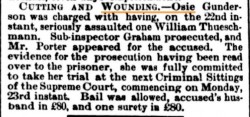 must have been very hard for her husband to find the money and the surety. How traumatic was her brief stay in gaol and her experience with the police and the court, places where probably no one else spoke her language?
must have been very hard for her husband to find the money and the surety. How traumatic was her brief stay in gaol and her experience with the police and the court, places where probably no one else spoke her language?
I have looked at the newspaper reports and read the court depositions but at no time did Aase explain her actions. There must have been more to the story as I cannot see why anyone would pick up a piece of wood and start hitting their landlord over the head without any provocation. Why didn’t Aase use the Norwegian translator? Why didn’t she tell her side of the story? Why did Trieschmann drop the charges? So many questions and probably we will never know the answers.
Aase died five years later aged 45 years from heart disease. Her two sons were 12 and 10 years old and she had lived in Queensland almost 17 years. Heart disease or a broken heart?
The court records and newspapers all recorded her name as Osie but the Norwegian spelling was Aase so perhaps the spelling reflects how the name was pronounced. What I really found sad was that her death was registered under the name of Mary so at some point she had given up using her Norwegian name. Whenever I think about my great great grandmother it is always with sadness as she had so much sorrow and hardship within her short life.
Court records can tell us a lot about our ancestors if we are lucky enough to find them but the records can raise more questions for which there are no answers. Crimes and circumstances vary but court records are definitely worth following up if you catch a glimpse (or two) of your family in other sources such as newspapers and police gazettes. Boring ancestors do not leave exciting records and I am so glad my ancestors were anything but boring.

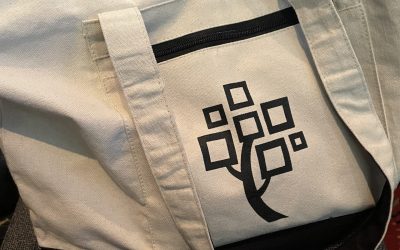
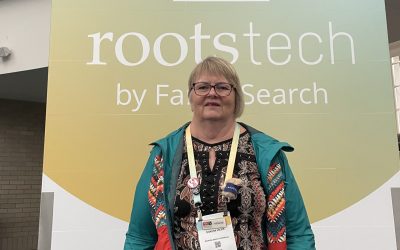
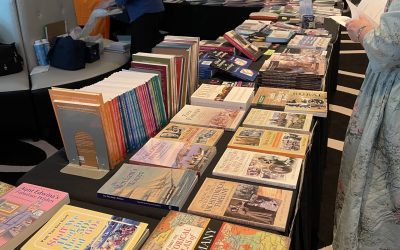
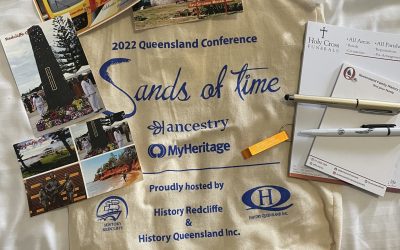
Thanks Shauna…wouldn’t it be great to travel back in time and meet our great grandmother Aase. She was such a tragic character. Thanks to your excellent story telling it feels like I just went back in time.
We Gundersons certainly have a few skeletons in the closet.
Regards,
David
Thanks David take a look at my Diary of a Genealogist post on 11 June for some exciting Gunderson news!http://diaryofanaustraliangenealogist.blogspot.com.au/2014/06/genealogy-notes-8-11-jun-2014.html
What an exciting discovery for our family…excellent detective work!
I wasn’t even aware that Gunnar had emigrated to the USA.
Would love to see his picture and headstone.
Regards,
David